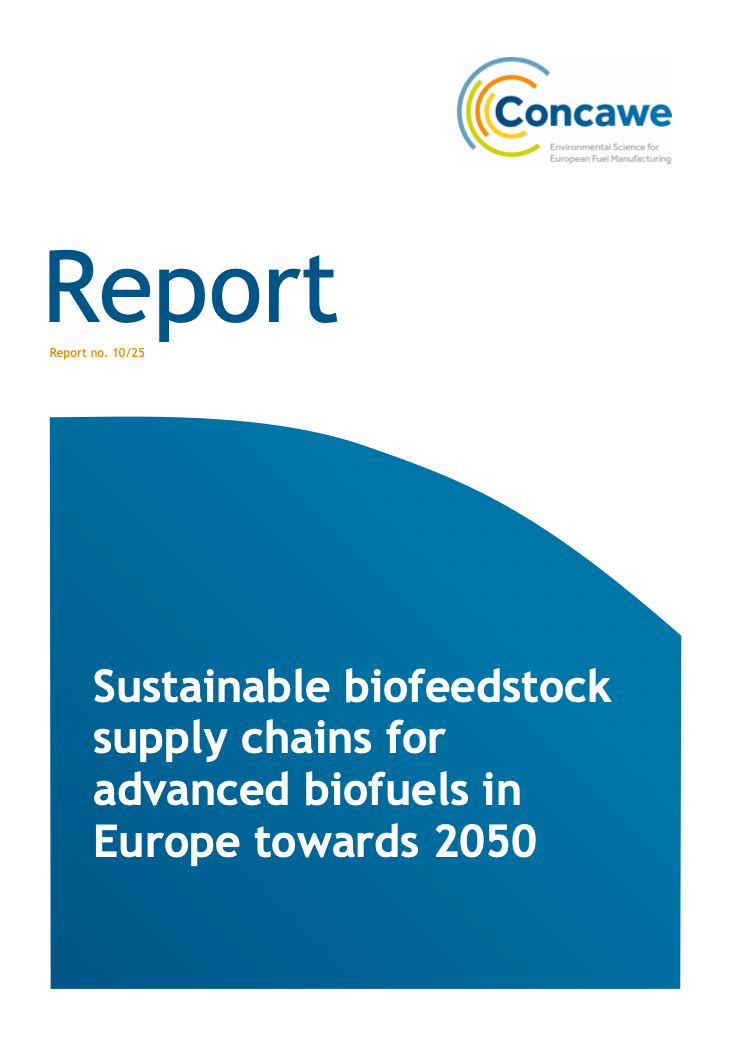E4tech - Decarbonisation potential of synthetic kerosene | 2021

E4tech, investigated the decarbonization potential of synthetic kerosene, produced via various production pathways. The research was commission by the Dutch Ministry for Infrastructure and Water Management.
The international aviation sector is relatively large in The Netherlands, compared to other EU Member States. The Netherlands rank 5th in the volume of bunkered aviation fuels at national airports. With the needed emission reduction in all sectors, including aviation, innovative solutions are needed to address the climate impacts of aviation. Given the importance of international aviation to the Netherlands economy, the government and involved market parties agreed for a higher ambition on the use of sustainable aviation fuels (SAFs). By 2030, at least 14% of the aviation fuels bunkered in the Netherlands needs to be sustainable, as is agreed at the Aviation Round Table as part of the Climate Agreement. March 2020, also the Ministry of Infrastructure and Water Management, Ms. Van Nieuwenhuizen announced at an European transport Council meeting the need for cleaner fuels in the aviation sector, proposing a European blend-mandate in sustainable Aviation fuels.
Various alternative kerosene routes have been developed or are in development in recent years, from the most developed option being a biokerosene based on hydro processed esters and fatty acids (HEFA) to the production of synthetic kerosene from hydrogen produced from renewable electricity combined with CO and/or CO2. The E4tech report focuses specifically on the synthetic pathways and assessed the potential of the various routes, comparing among other the resource use (including energy), GHG emissions and savings and production and abatement costs. for the production of hydrogen both the 'green' route (based on renewable power) and the 'blue' route (based on natural gas, coupled with carbon capture and storage). As the synthetic routes require a CO2-source, CO2 captured from biogenic and fossil-point sources or CO2 from direct air capture (DAC) have been taken into the investigation.
Some highlight outcomes of the report:
- Costs: The analysis shows that estimated costs of green synthetic jet fuel would likely be very high, ranging from €4,300 – 6,800 per tonne compared with pre-COVID fossil jet fuel prices of around €600 per tonne (assuming no carbon price is applied to fossil fuels. Blue routes (where blue hydrogen is combined with CO2) currently have a cost advantage over green routes, due to the lower costs of hydrogen, but costs are with €1,500 – 2300 per tonne still higher than fossil fuel prices. However, with the expected fall in renewable electricity costs, prices of green routes are expected to decrease significantly, and even more in the green route more than the blue routes. Moreover, rising natural gas costs could limit blue cost reductions. Future prices will, however, be still significantly higher than prices of fossil jet today, indicating that continued support for synthetic kerosene or a carbon price on fossil fuels is needed.
- GHG savings: Whereas blue synthetic kerosene has relatively lower costs, it delivers only limited GHG savings ranging from 50-113 g CO2eq/MJLHV. This is significantly higher than 1-22 g CO2eq/MJLHV for green hydrogen + CO2 routes, although it is important to note the differences in underlying assumptions for DAC heating used in the blue and green route. Routes which utilise CO rather than CO2 could provide a relatively low-cost option and GHG emissions savings for sites where waste CO is available and unabated.
- GHG abatement costs: As concluded from the research is that both the green and blue synthetic kerosene have high abatement costs nowadays, either due to high costs of the green routes and relatively poorer GHG performance of the blue routes. By 2050, it is expected that green routes have lower abatement costs than blue routes, and are in similar range to SAF from other routes such as advanced biofuel routes.
- Capacity scale-up: The study concludes that supply could reach 966 ktonnes/year in Europe by 2030, and 28 million tonnes/year by 2050 if the majority of global activity were to remain in Europe. At global scale, synthetic kerosene deployment could reach 1.3 million tonnes/year in 2030 and 36.7 million tonnes/year by 2050. A review of feedstock availability shows that feedstock potentials are unlikely to restrict the rate at which capacity can be rolled out.
Further areas of investigation include a more detailed analysis of net zero compatible pathways.
This should include different routes including Fischer-Tropsch routes and methanol options.
More information about E4tech is found here.
E4tech executed also an analysis for the Platform Sustainable Biofuels on the role of biofuels in the Maritime sector.
Recente artikelen
New Strategic Framework for a competitive and sustainable EU Bioeconomy
Concawe: Sustainable biofeedstock supply chains for advanced biofuels in Europe towards 2050 | 2025

IEA: Delivering Sustainable Fuels: Pathways to 2035


